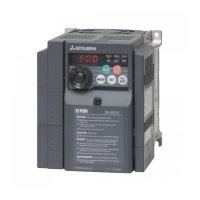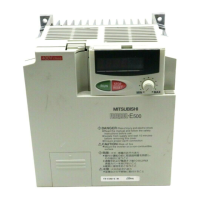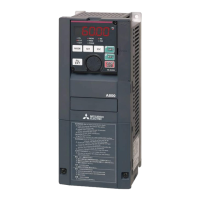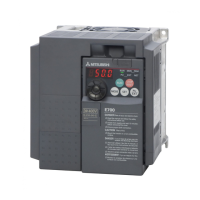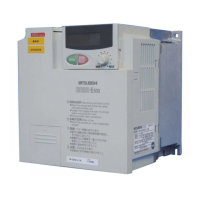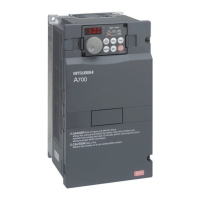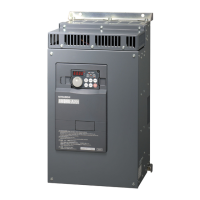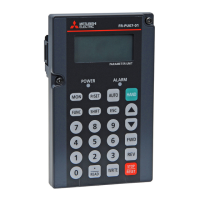What to do if Mitsubishi Electric FR-V500 Inverter motor speed is incorrect?
- AAndrew MasonAug 14, 2025
If the motor of your Mitsubishi Electric Inverter isn't running at the correct speed and the speed command doesn't match the actual speed, first ensure that the speed command from the command device is correct and free from noise. If the problem persists, try decreasing the PWM carrier frequency in Pr. 72. Also, verify that the speed command value matches what the inverter recognizes by readjusting the speed command bias and gain in Pr. 902, Pr. 903, Pr. 917, and Pr. 918. Finally, check if the setting of the number of encoder pulses in Pr. 851 is correct.


